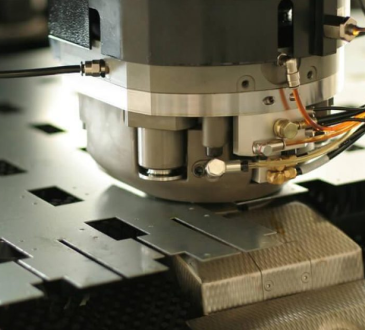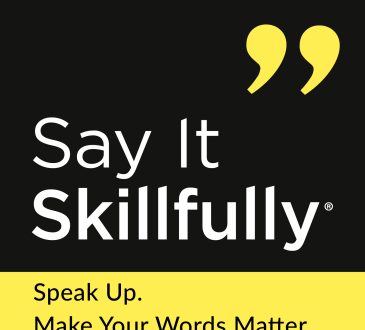
Crafting a compelling cover letter is a skill that can unlock countless opportunities. Much like an introduction at a networking event, your cover letter introduction is the first impression you make on a potential employer. Mastering this introduction can be the difference between your application landing on the interview shortlist or in the rejection pile.
In this blog post, we’ll delve into the art of writing persuasive introductions for cover letters. You’ll learn how to make an immediate impact, engage your reader, and convince them that you are the candidate they’ve been searching for.
Understanding the Cover Letter Introduction
The cover letter serves one primary function: to make the employer want to read your resume and call you for an interview. The introduction of your cover letter holds the immense power of a first impression – it’s where you catch the employer’s attention, pique their interest, and encourage them to learn more about you.
A well-crafted introduction should:
- Grab the reader’s attention: Use compelling language that hooks the reader and makes them want to continue reading.
- Express enthusiasm: Show that you’re genuinely interested in the position and the company.
- Introduce yourself and your purpose: Clearly state who you are, the position you’re applying for, and why you’re applying.
Creating a Persuasive Introduction: Step by Step
Step 1: Research the Company and the Role
Before you start writing, make sure you understand the role and the company. Look for what the company values, their culture, and what they’re looking for in a candidate. Use this information to align your introduction with their expectations.
For instance, if you’re applying to the Drake Recruitment Agency in Canberra, demonstrate your knowledge about their reputation in the recruitment industry and the significant role they play in the Canberra job market.
Step 2: Start with a Strong Opening Line
Your first sentence is your hook. It must be engaging, relevant, and unique. Avoid clichés such as “I am writing to apply for…” Instead, start with something that showcases your enthusiasm, your unique value proposition, or a mutual connection.
For example: “I am thrilled by the opportunity to bring my unique expertise in human resources management to the esteemed Drake Recruitment Agency in Canberra.”
Step 3: Express Your Enthusiasm
After your strong opening line, show your excitement about the role. Use this opportunity to demonstrate that you’ve done your homework about the company and the position.
For example: “Having closely followed your agency’s success in matching high-profile companies with outstanding candidates, I am excited about the prospect of contributing to this work.”
Step 4: Provide a Brief Overview of Your Suitability
Offer a snapshot of your relevant skills, experiences, or accomplishments – this should connect directly with what the employer is seeking.
For example: “With five years of recruitment experience and a proven record in successful candidate placement, I am confident in my ability to contribute to your team.”
Writing a persuasive cover letter introduction is more than just a way to introduce yourself – it’s a way to sell yourself
The introduction is where you hook your reader, showcase your enthusiasm, and provide a tantalising glimpse of what you bring to the table. By conducting thorough research, crafting a strong opening line, expressing your enthusiasm, and giving an overview of your suitability for the role, you can master the art of the cover letter introduction. Take the time to get it right, and you’ll be one step closer to your dream job.
Remember, writing an effective cover letter is a skill that requires practice and patience. Keep refining your approach, and don’t be disheartened if you don’t get it perfect on your first attempt. Eventually, you will master this art and increase your chances of securing an interview with the employer of your dreams. Happy writing!




